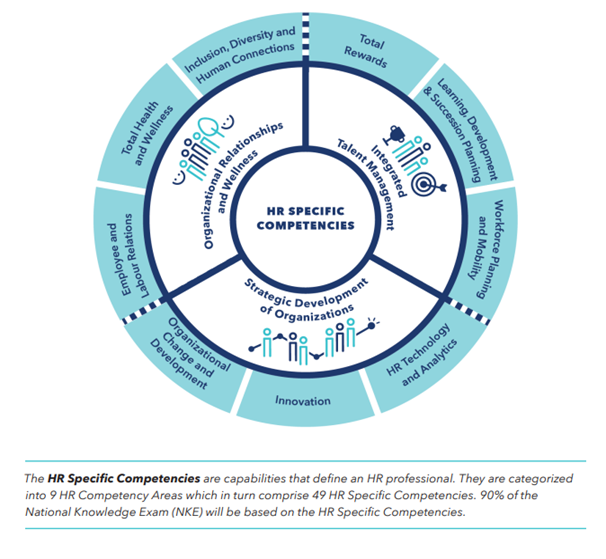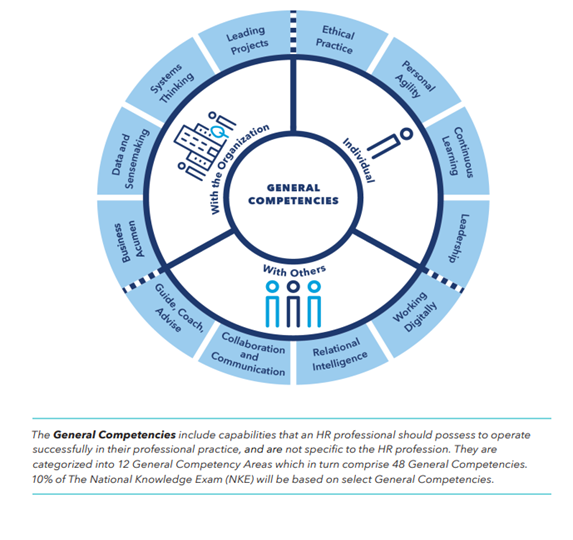
CPHR Canada's Updated Competency Framework: What Changed and How it Affects Members
27
Jul 2023
526

Author:
Erica Blain, Director, Professional Standards, Registrar, CPHR Alberta
In late 2021, CPHR Canada announced the introduction of an updated Competency Framework for the HR profession. Many members have reached out with questions on what was updated, why and how it affects them on the path to the designation or in mainiting their designation. The CPHR Alberta Professional Standards team, has put together this blog to answer some of the most frequently asked questions!
How was it updated and why?
In many ways, the competency framework has remained much the same but with some key changes to ensure that the CPHR designation remains relevant and topical in today’s changing world. Human Resources is a field that has grown, expanded and diversified over many years since it’s inception as a profession. CPHR Canada worked closely with HR professionals across Canada to amend the framework so that it is in-line with the working world today and in the near future.
The updated Competency Framework recognizes that there is no longer an ideal role, position or way of functioning for the HR Professional, instead, providing a strategic approach that matches the pace of change. Human Resources has such a broad scope and it is becoming more valued in organizations every day. By updating the Competency Framework, we are keeping up with the growth and progression of the profession as a whole and trying to incorporate all professionals within the field.


What has changed?
While the changes to the Competency Framework were not sweeping, you will see some smaller amendments. One update is the introduction of the competency entitled Innovation. Especially through the pandemic, HR professionals were forced to be agile and innovative to continue to do their roles but in a changing environment and continuous legislation or safety protocol updates. The demand on HR to innovate and be adaptable has become more vital than ever and is an important area of focus.
Additionally, you’ll see what used to be just “engagement” is now Inclusion, Diversity and Human Connection. Again, in the past few years we have seen an increased call for employers to ensure an inclusive environment is provided to all employees. Also, diversity is an active goal for many organizations and is better recognized, appreciated, and celebrated. CPHR Canada wanted to ensure that these important concepts were incorporated into the Competency Framework because they are so valued by employees and employers alike.
Another change was to remove the competency area Professional Practice. This competency focused on legislation and ethics, having business acumen and leadership skills. These skills are now incorporated within the newly introduced General Competencies instead.
In the previous Competency Framework, there were enabling competencies which incorporated a diverse set of skills into five loosely related areas. With the new framework, the scope has been broadened but also refined into twelve non-HR competencies, which are termed General Competencies.
The overall result of these changes led to the establishment of HR Competencies that are more specific to the work of today’s HR professional. The separation of competencies into HR-Specific Competencies and General Competencies helps the field move beyond the silos of “functional” HR areas, which results in the structure of the new framework being more strategic and integrative. These enhancements showcase the greater breadth of the practice of HR and reflect how the evolution of the professional is playing out in workplaces across Canada.
How do the changes affect members?
For members looking to write the National Knowledge Exam, the exam is based upon this updated Competency Framework. The General Competencies are covered lightly on the exam, making up just 10% of the questions. The other nine competencies are each covered with 10% of the exam.
The framework is also the foundation for those going through the Experience Validation Assessment. Candidates for the CPHR designation will need to show that they have proficiency in a variety of competencies in order to be successful on the experience assessment and gain the CPHR designation.
For members who already have their CPHR designation, this only affects them as they complete their Continuing Professional Development (CPD) requirements. In order for activities to count towards the CPD requirement, the activities need to be linked to at least one area of the Competency Framework. Because the framework is extensive and clear, it is quite simple for Chartered Members to ensure their CPD requirements fall into these categories.
The framework really covers everything HR so using the framework as a foundation for further learning or education is a great way to better yourself professionally. If you are looking for ways to expand your knowledge or if you want insight into which areas you require further information or training, looking at the competencies is a great starting point as it outlines what HR professionals should know in order to be the best they can be for their employees and organization as a whole.
The views and opinions expressed in this blog post belong solely to the original author(s) and do not necessarily represent the views and opinions of CPHR Alberta.





